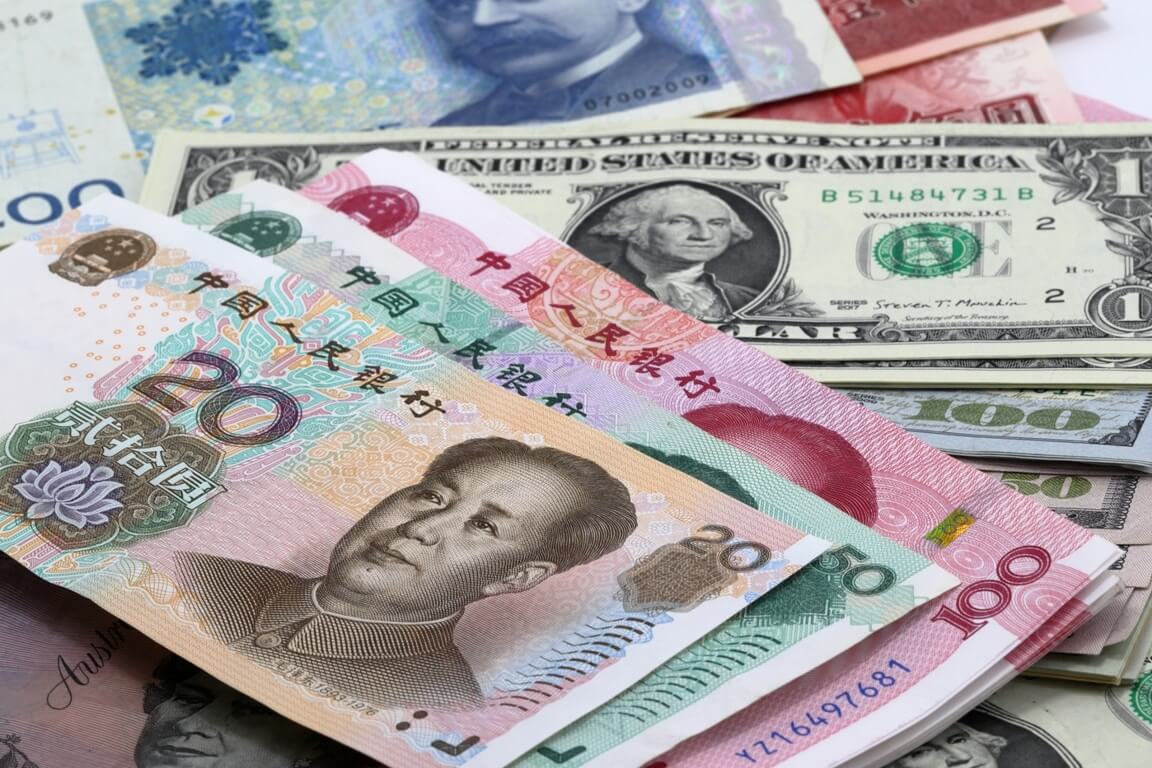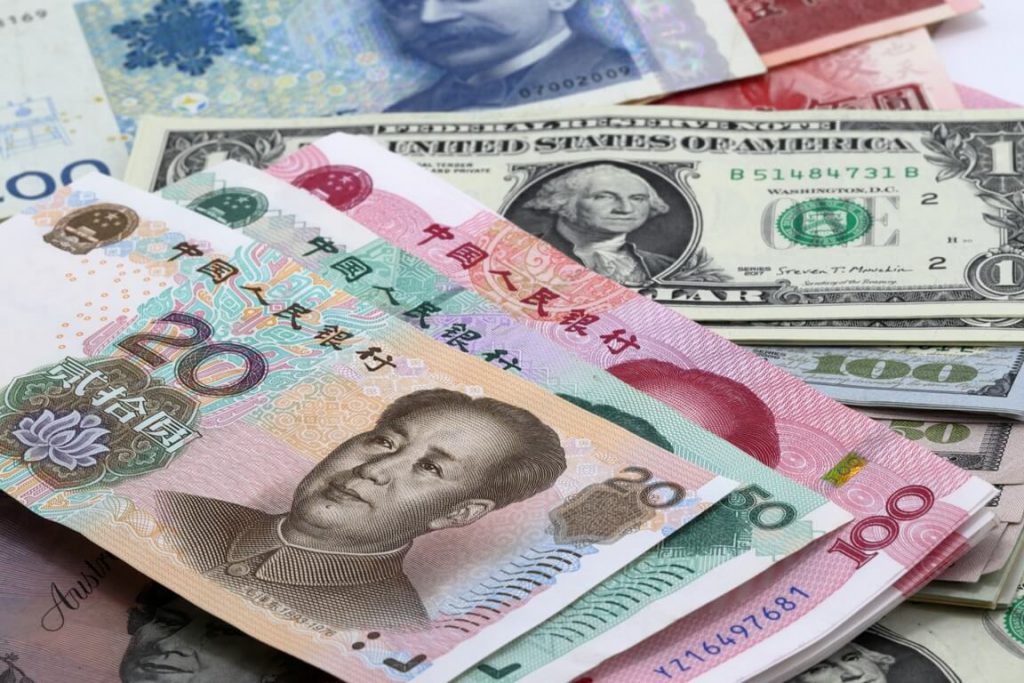
EURUSD, GBPUSD, NZDUSD start of the week for new winnings
Looking at the EURUSD chart on the daily time frame, we see that the pair consolidates around 1.16000 on the third day. We are currently testing a 20-day moving average, and we need a break above to proceed to the next resistance zone 1.16500-1.17000. We are still moving in a falling channel, and the positive consolidation brings us to the upper resistance line, where a 50-day moving average awaits us. For the bearish trend, we need further negative consolidation that will direct EURUSD towards the previous low at 1.15250. A break below this support opens up new lows this year.
 GBPUSD chart analysis
GBPUSD chart analysis
Looking at the GBPUSD chart on the daily time frame, we see that the pair managed to climb to 38.2% Fibonacci levels at 1.37300. Today we are currently consolidating at 1.37400. We received additional support in the 50-day moving average by moving to this zone, and it was approaching the upper downward trend line. Here we can expect some resistance that may prevent us from continuing the bullish trend. If we pass to climb above and visit the 50.0% Fibonacci level at 1,38300, up there, a 200-day moving average awaits us. For the bearish scenario, we need a negative consolidation, which would direct GBPUSD towards a 23.6% Fibonacci level at 1.36000. The break below us leads to the previous low at 1.34100.
 NZDUSD chart analysis
NZDUSD chart analysis
Looking at the NZDUSD chart on the daily time frame, we see that the pair has reached the 68.1% -78.6% Fibonacci level zone, the site of previous resistances in this larger declining consolidation. We can now expect to see a new pullback to 50.0% Fibonacci levels at 0.70100, where a 50-day moving average awaits us, further below at 38.2% Fibonacci level with support with a 20-day moving average at 0.69777. For the bullish option, we need a break above this resistance zone to visit the previous high at 0.71700.
Market overview
In August, the eurozone’s visible trade surplus fell from a year ago, defying expectations for improvement, preliminary Eurostat data showed on Friday.
In August, the trade surplus amounted to 4.8 billion euros, compared to 14.0 billion euros in the same period last year. Economists forecast a surplus of 16.1 billion euros.
Exports rose 18.2 percent year-on-year and imports 26.6 percent.
European registrations of new cars fell in September for the third month in a row and marked the deepest level for the month since 1995, data from the European Automobile Manufacturers Association (ACEA) showed on Friday.
Passenger car registrations fell 23.1 percent year-on-year to 718,598 units in September, after falling 19.1 percent in August.
The latest decline is largely caused by a shortage of vehicles due to the ongoing shortage of semiconductors, the Brussels-based ACEA said.
China’s gross domestic product increased by 4.9 percent year-on-year in the third quarter of 2021. On Monday, the National Bureau of Statistics said that forecasts are missing by 5.2 percent and fell sharply from 7.9 percent in the previous three months.
On a seasonally adjusted quarterly basis, GDP grew by only 0.2 percent. Again, expectations were missing by 0.5 percent and lower than the revised downward growth of 1.2 percent in the previous three months (initially 1.3 percent).
The bureau also said Chinese industrial production rose 3.1 percent year-on-year in September, missing forecasts by 4.5 percent and slowing from 5.1 percent in August.
Retail sales increased by 4.4 percent year-on-year, beating forecasts by 3.3 percent and 2.5 percent in the previous month.

 GBPUSD chart analysis
GBPUSD chart analysis NZDUSD chart analysis
NZDUSD chart analysis

